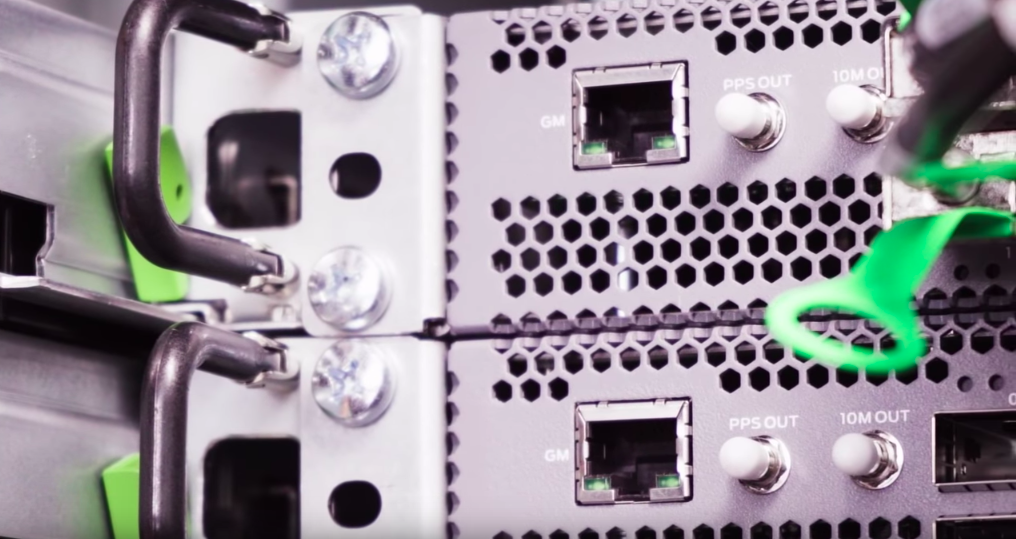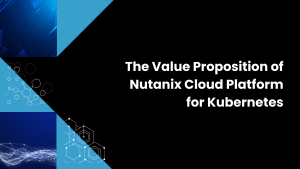
Introduction
Yesterday, AWS released a video showing an early version of Outposts. We see AWS Outposts as further confirmation of our scenario that bringing the cloud operating model to customer data, wherever it lives, is a viable and logical strategy for organizations. Outposts follows a similar strategy to Oracle Exadata Cloud at Customer by placing identical hardware and software both on-premises and in the public cloud. AWS, like Oracle, stresses that having a single control plane to manage resources and data in both the public cloud and on-premises simplifies management, lowers costs and improves performance.
The big difference is that AWS Outposts is designed to address a much larger audience users, whereas Oracle’s Exadata Cloud at Customer is focused solely on Oracle Database customers. There are other competitors, including Oracle, which we discuss later in this post.
AWS CEO Andy Jassy explained the rationale for Outposts at last year’s AWS re:Invent conference on theCUBE. Wikibon defines Outposts as a “True Hybrid Cloud” in the Wikibon hybrid cloud taxonomy.
What Functions do the Control and Data Plane Serve?
The control plane is responsible for allocating and managing all compute and networking resources and the associated software services to run jobs. The control plane also manages the data plane.
The data plane is a set of services responsible for allocating volumes and managing service levels for storage, backup, recovery and other related services (e.g. snapshots).
What Value Points Does AWS Stress in its Outposts Video?
AWS made several key points worth noting in the Video:
- Once you plug in power and bring networking to the Outposts rack, the AWS Control Plane takes over. AWS shows all the EC2 instances as available, and all the systems management is centralized and automated. We note that it’s not Trivial to deal with the initial networking setup. Customers still need qualified people and must plan properly. Outposts is a piece of infrastructure…the customer is responsible for figuring out how to connect the product to their business and create value.
- Outposts uses a centralized Power bus bar that’s a shared resource for the components, which eliminates the need for separate power supplies inside commodity servers. AWS claims this lowers failure rates, lowers the number of power supplies, and is a more efficient way to convert AC to DC power. This is not unique in server-land but it’s a positive. At high volume shipments this will be a significant reduction in power supply failures and intermittent issues. In the grand scheme this capability is a relatively minor point in our view but this is how it works in the cloud – and AWS is bringing best-of-breed cloud infrastructure on-premises.
- So it’s dead simple to plug in a new server. AWS allows customers to snap a failed server into place, which reduces service costs. This is again not unique, but it is goodness. It looks a very simple design and best practice in “metal bending.”
- AWS points to dual switch ports as a feature. Again this is not uncommon in high end servers as a technique to increase availability. Nonetheless, every active component in Outposts can be replaced without impact to any other workloads that are running. For example, on a server failure, the Outposts control plane will automatically provision another EC2 instance. AWS will notify you of the failure, ship the new component and tell you which one to replace. This is best-of-breed in do-it-yourself operations. Again, it’s not unique but nicely done.
- Outposts includes the Nitro technology. Nitro is AWS’s own chip, a piece of purpose-built silicon with a proprietary hypervisor designed specifically to manage infrastructure services efficiently (i.e. hypervisor and networking services). That’s unique and delivers near bare metal performance, with lower virtualization overheads than any other hypervisors, including VMware.
- AWS stresses that it ships the exact same hardware on-premises as it runs in its public cloud. Everything is the same except there’s an additional Nitro chip in each server for the purpose of speeding up the connection back to the AWS public cloud control plane.
Competitive Offerings
Oracle Cloud at Customer
Cloud at Customer is the closest in terms of the concept and was the first to introduce the notions of Same:Same. Cloud at Customer is packaged in a general purpose version and as Exadata Cloud at Customer. In our opinion, Cloud at Customer doesn’t match the apparent levels of service sophistication touted by Outposts. However, Exadata Cloud at Customer is explicitly designed to run Oracle Database and it runs Oracle Database 19c better than anything else. Both versions of Cloud at Customer are shipping in the market and have been for some time.
Azure Stack Solutions
Azure Stack solutions comprise highly blueprinted hardware and software that are specific and unique to each of Microsoft’s hardware partners. Dell’s solution is different from HPE’s is different from Lenovo’s. So it’s not the Same:Same.
Does this make a difference? Yes in our view because it adds a layer of complexity in terms of problem resolution and the lowest overhead in situations where you’re connecting on-premises to public cloud. Less integration generally means you need more on-premises skills, people and processes to run the system.
However, our understanding is AWS Outposts requires an always-on connection to the AWS cloud control plane in order to ensure full automation and knowledge of problems. If the network is down, the EC2s on Outposts will continue to run, but is “blind”. The EC2 instances will not be able to signal a failure, use AWS cloud services, or be managed with locally or remotely. This is an advantage for Azure Stack for Edge applications that don’t have access to the public cloud control plane (e.g. a cruise ship). While recovery is more complex and potentially less automated when you are disconnected from the Azure public cloud, it’s a use case that AWS Outposts doesn’t currently address.
Google Anthos
Google Anthos is a hybrid cloud offering focused heavily on running Kubernetes, Istio and Knative in the Google Cloud and supporting on-premises distributed workloads. This has an Azure Stack-like relationships with the major hardware / server vendors to create hybrid solutions. Google doesn’t offer it’s own “box” per se. Rather, it’s taking more of an Azure Stack approach and working with partners. Here’s a Google infrastructure exec explaining that on theCUBE.
Outposts Caveats
Outposts is new. It’s not yet in general availability. At the time of the announcement much was unknown and many details are still forthcoming. Wikibon’s James Kobielus wrote a detailed note (https://wikibon.com/whats-missing-outposts-aws-latest-hybrid-cloud-announcement/) last year that’s worth reviewing to better understand possible concerns.
AWS is clearly winning in the market. It has shown a propensity to surprise observers and relax past dogma. Many believed that AWS would never create an on-premises/hybrid solution. We’re learning that with AWS, you should never say never…



